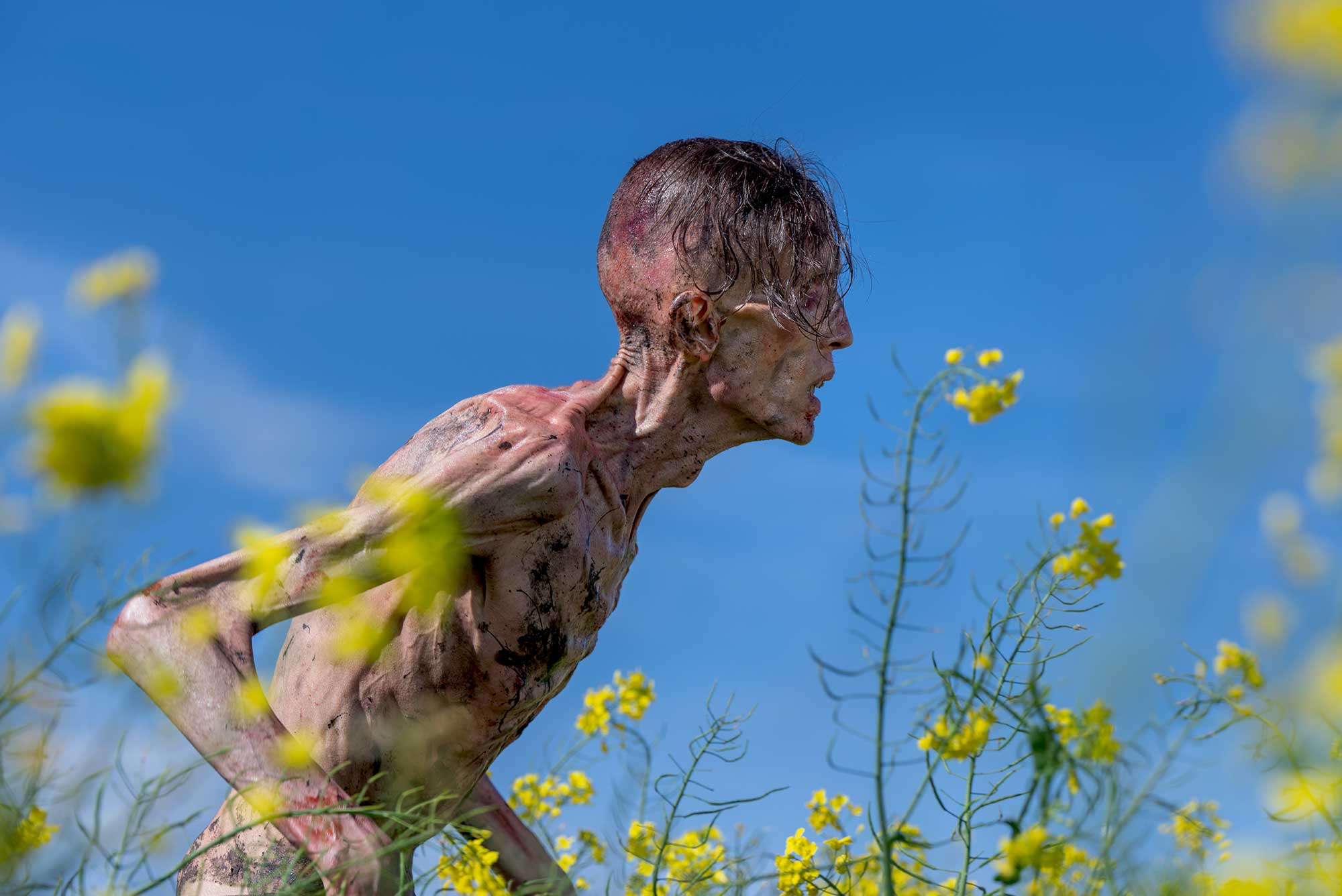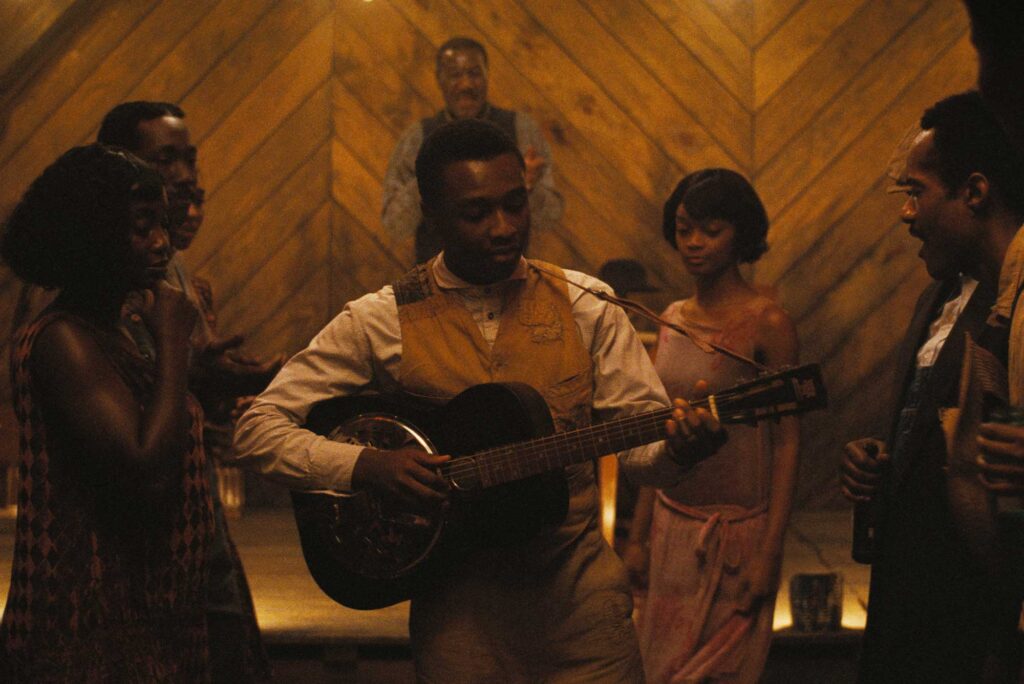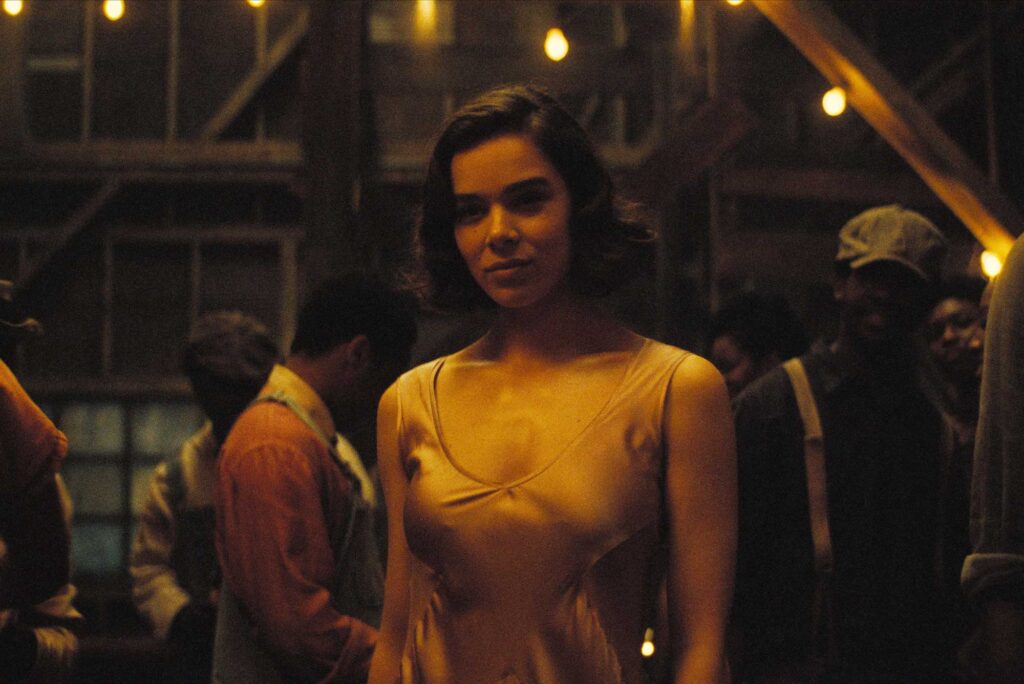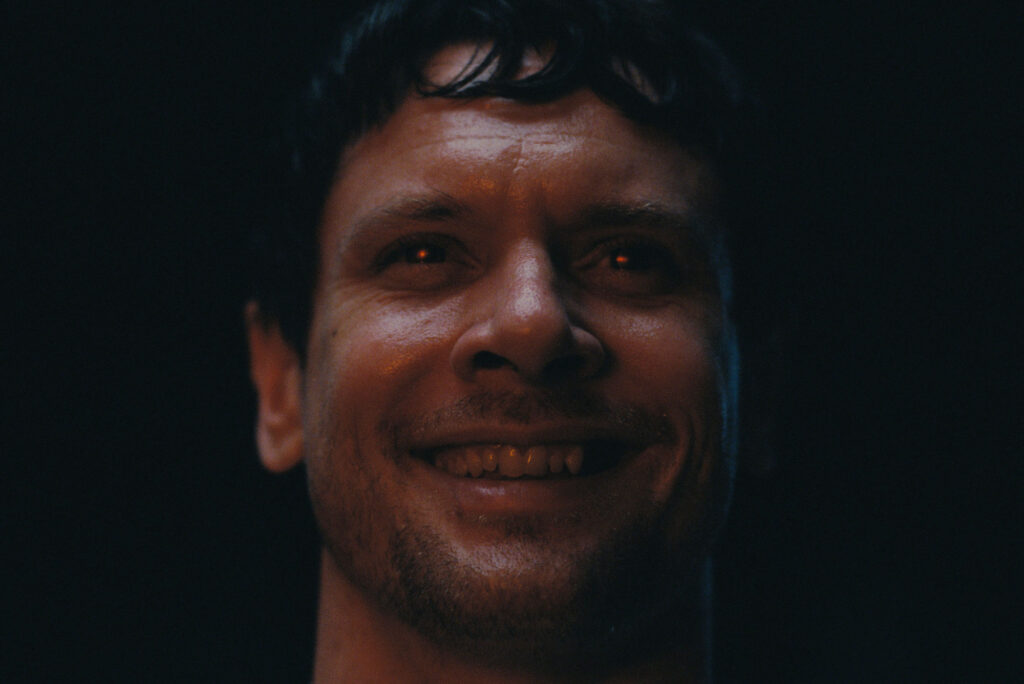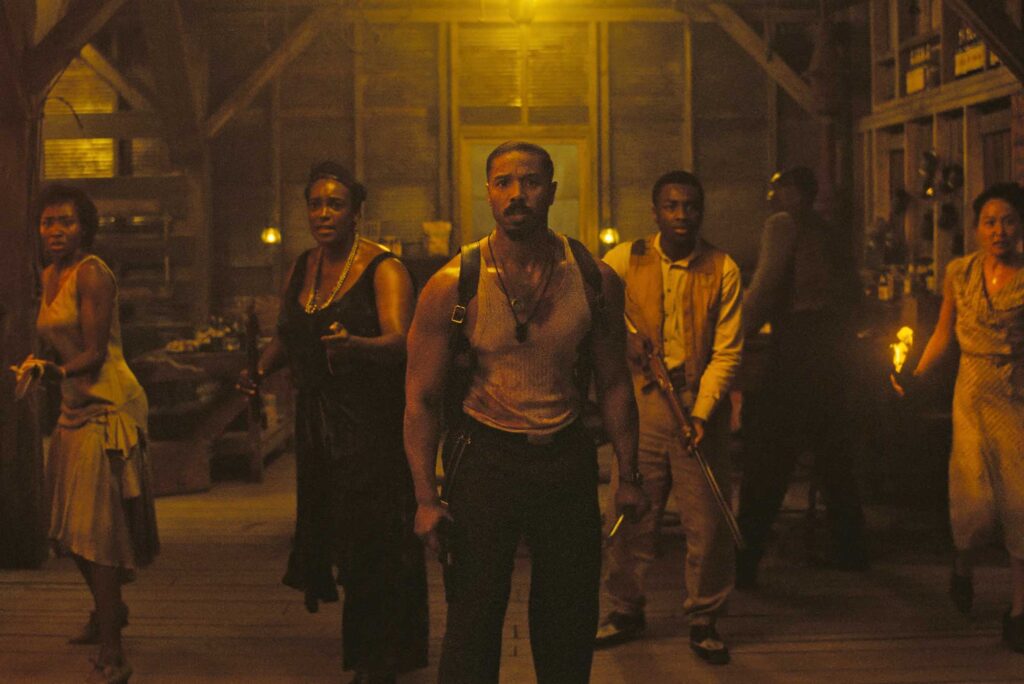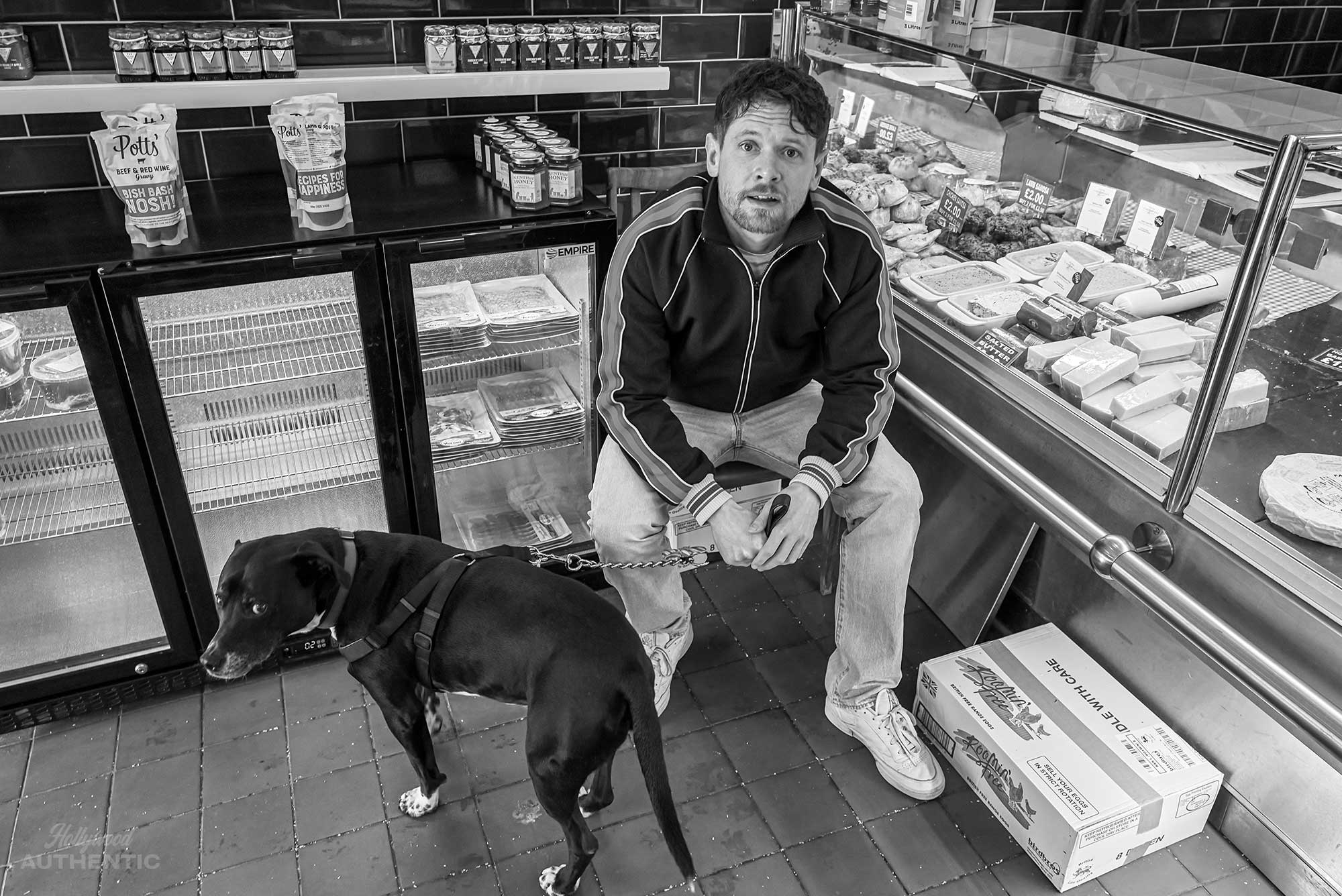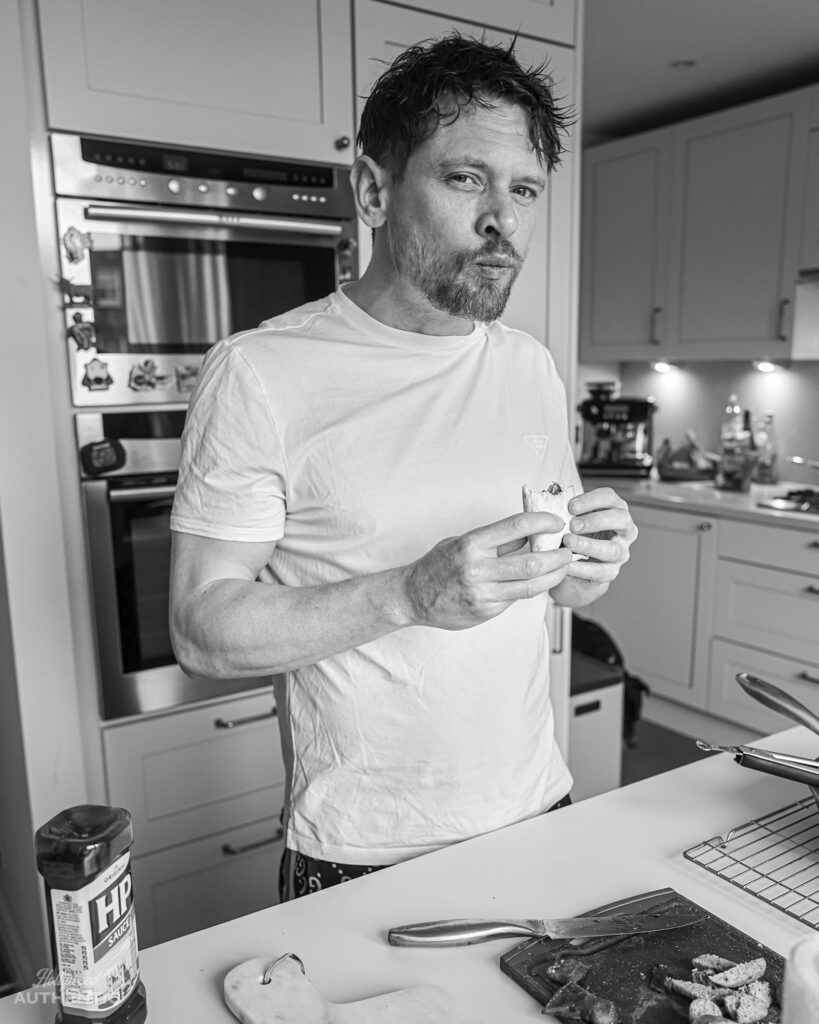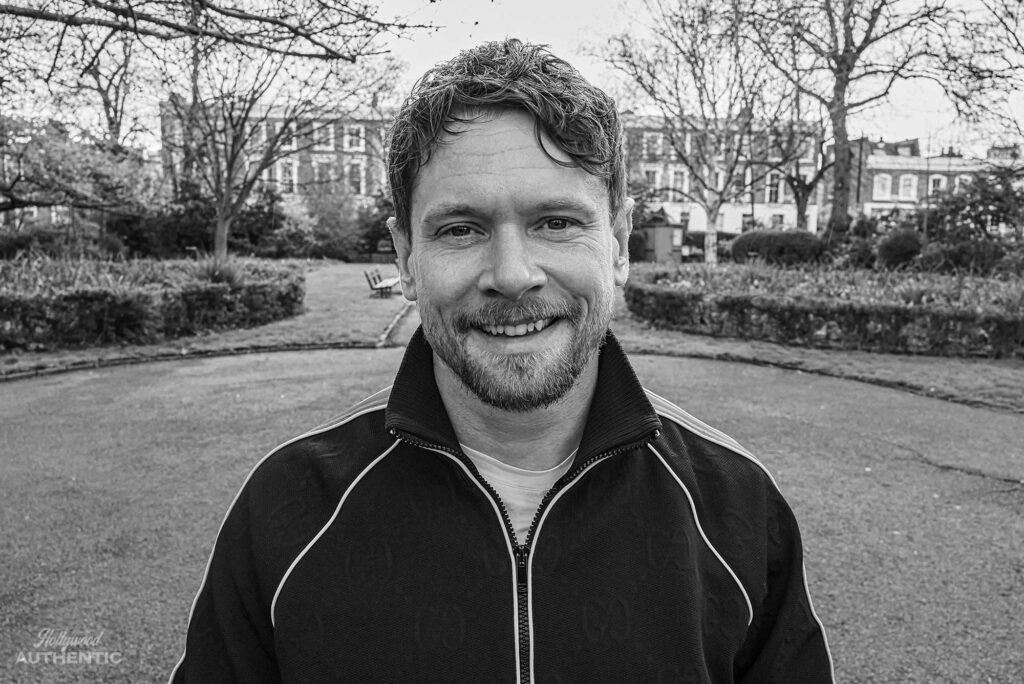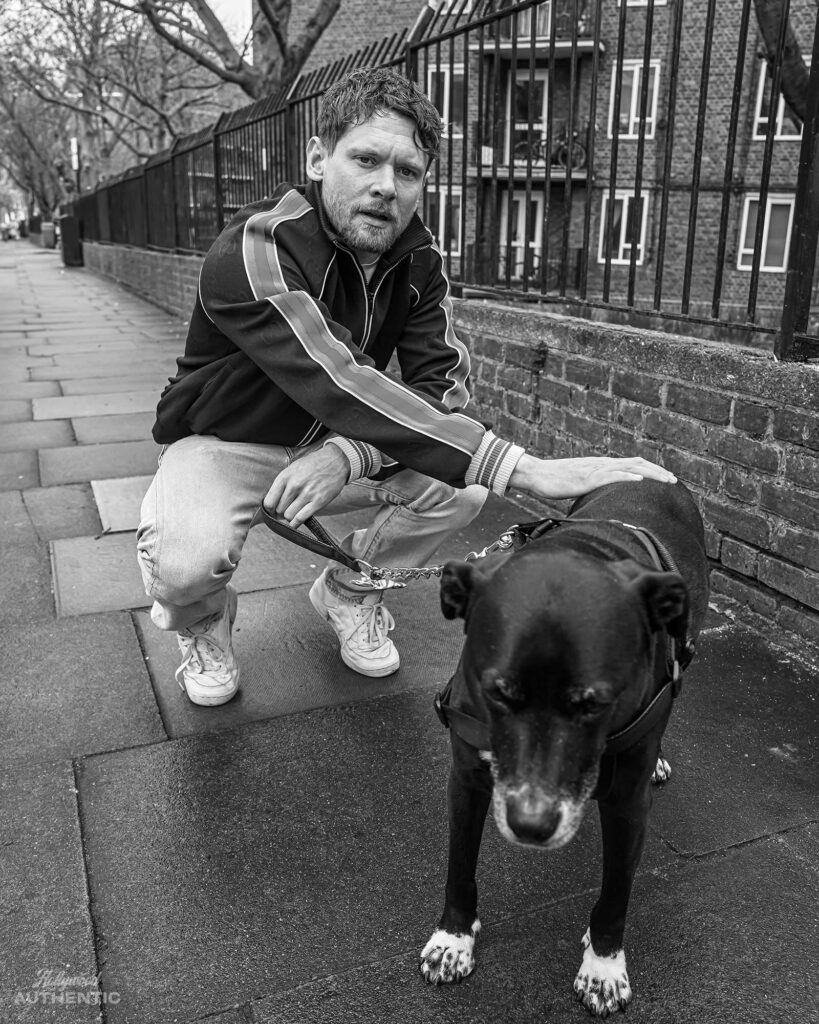Words by JANE CROWTHER
Danny Boyle’s return to his ‘infected’ fable delivers the same nail-chomping tension, social commentary and energetic cinematography/soundtrack mash-up as his 23 year-old original – but now with added nightmare fuel, humour, hope and yes, profundity. As a meditation on mortality and Britain it’s unsubtle, but it’s also thrilling, moving and weirdly life affirming. It could be the best 115min you never spent in therapy.
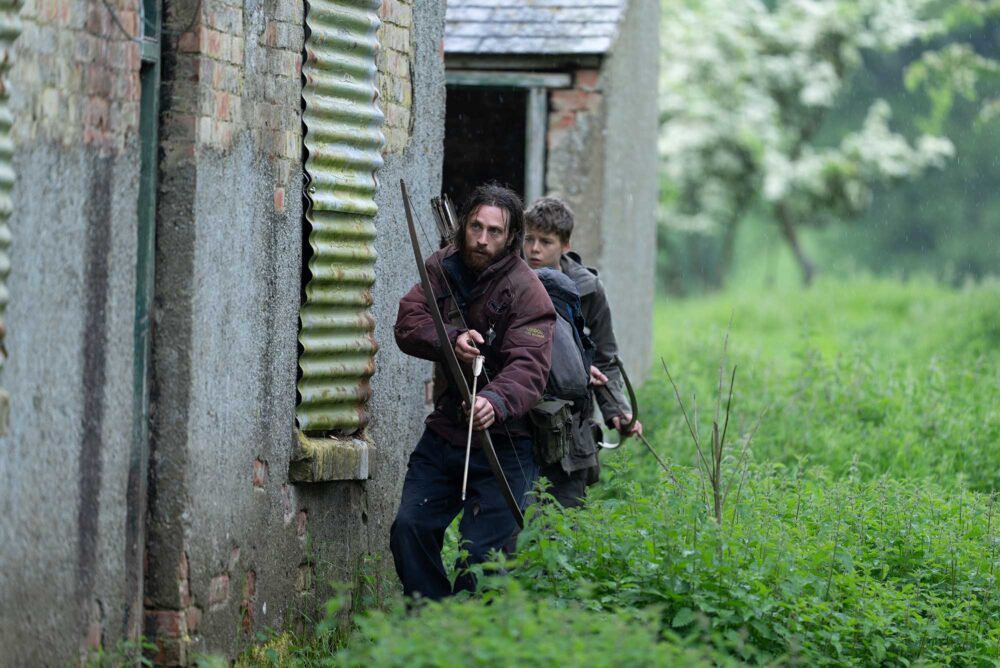
In 28 Days Later we had Cillian Murphy’s bewildered patient waking up in an abandoned London, in 28 Weeks Later (not written by Alex Garland or directed by Boyle) we had survivors holed up in a clean sector of the UK’s capital. Now we’re a couple of decades after the original outbreak of the rage virus and Britain is a quarantined island of naked body slurpers, the rest of Europe leaving normal lives while sending their fleets to patrol the coastline and ensure the madness stays within this scepter’d isle. Very Brexit.
While the mainland is over-run with grubby infected (fast-sprinting, slow and low, souped up ‘Alphas’), a group of survivors are self sufficient on Lindisfarne island having lapsed back into traditional roles and religious worship where the women raise children, teach and cook and the men protect, hunt and gather. When they want a party they drink home brew and sing ‘Delilah’ by Tom Jones while dancing by candlelight. Very Wicker Man.

Jamie (Aaron Taylor Johnson) is an enthusiastic killer of the infected, who wants to take his 13 year-old son Spike (Alfie Williams) on his first hunt on the mainland, leaving his disorientated, ill wife Isla (Jodie Comer) to rant in her sweat soaked bed. The duo set off for a horrifying trip where blood splatters, the rules of the world are established and the glimmer of other life is seen through the trees. A fire burning far away could be evidence of the Kurz-like Doctor Kelson (Ralph Fiennes). By the time you’ve bitten every nail off, Spike and Isla are wandering through the wilderness of the North of England (and in a nod to recent British lunacy, past the Sycamore Gap) and meeting various zombies, a stranded Scandinavian sailor and the good doctor who has developed an ashes-to-ashes methodology to find solace in the dead…

While still trading in jump scares and the mouth-drying fear of being hunted, Boyle and Garland are now more interested in finding the beauty in the horror. There’s moments when a thousand strong herd of deer undulate across a hillside, when Kelson explains his form of worshipful remembrance, when zombies splashing in a bucolic river look almost like forest sprites. And moments of human tenderness – the understanding between women that crosses insanity, the strength of a mother, the bittersweet taste of losing someone adored. How to love and lose is better than to never love at all. Tears will be shed on account of Comer’s stealth performance which sneaks up and gut-punches straight after an enjoyably silly bit concerning plastic surgery and a Shell petrol station missing its ‘S’. Fiennes is predictably perfect – iodine orange and making the most sense in a post-Covid world. The left turn comes at the end with a Jack O’Connell teaser for the sequel that nods to Jimmy Saville and a ride even more wild than this one. An infectious promise.

Words by JANE CROWTHER
Photographs courtesy of Sony Pictures Entertainment Inc.
28 Years Later is in cinemas now

